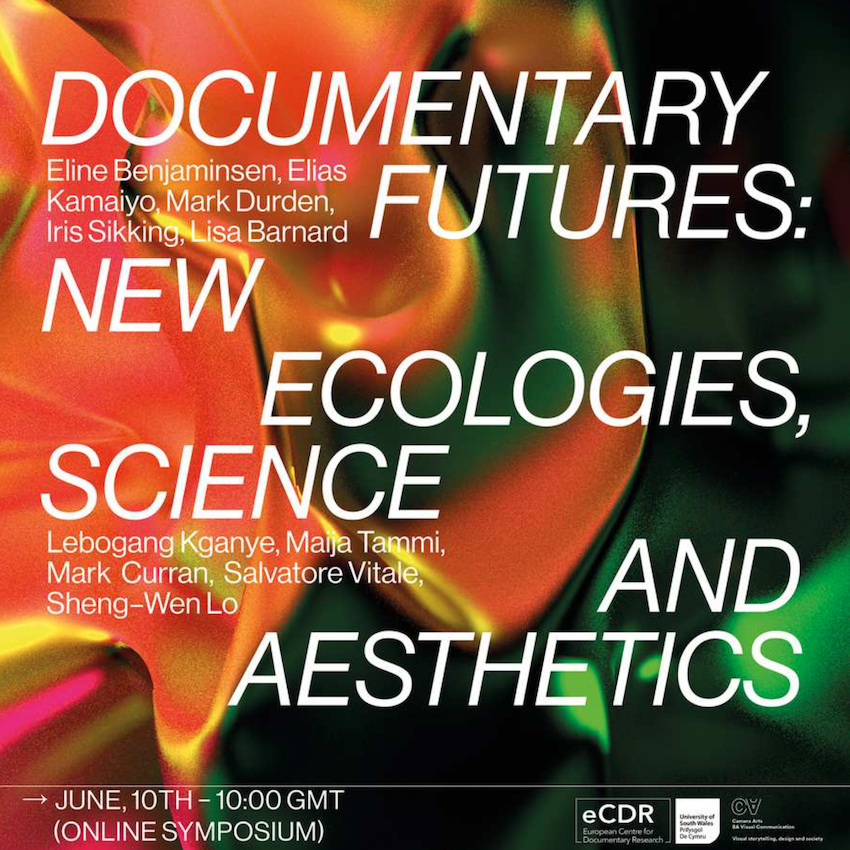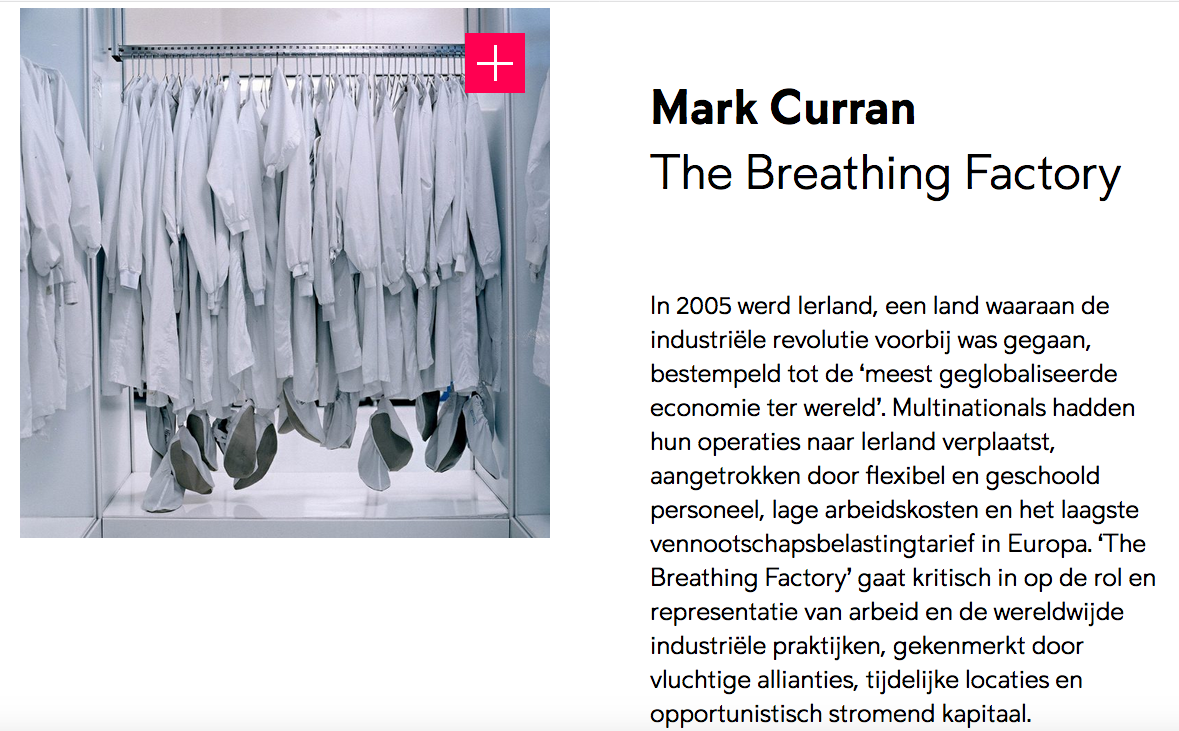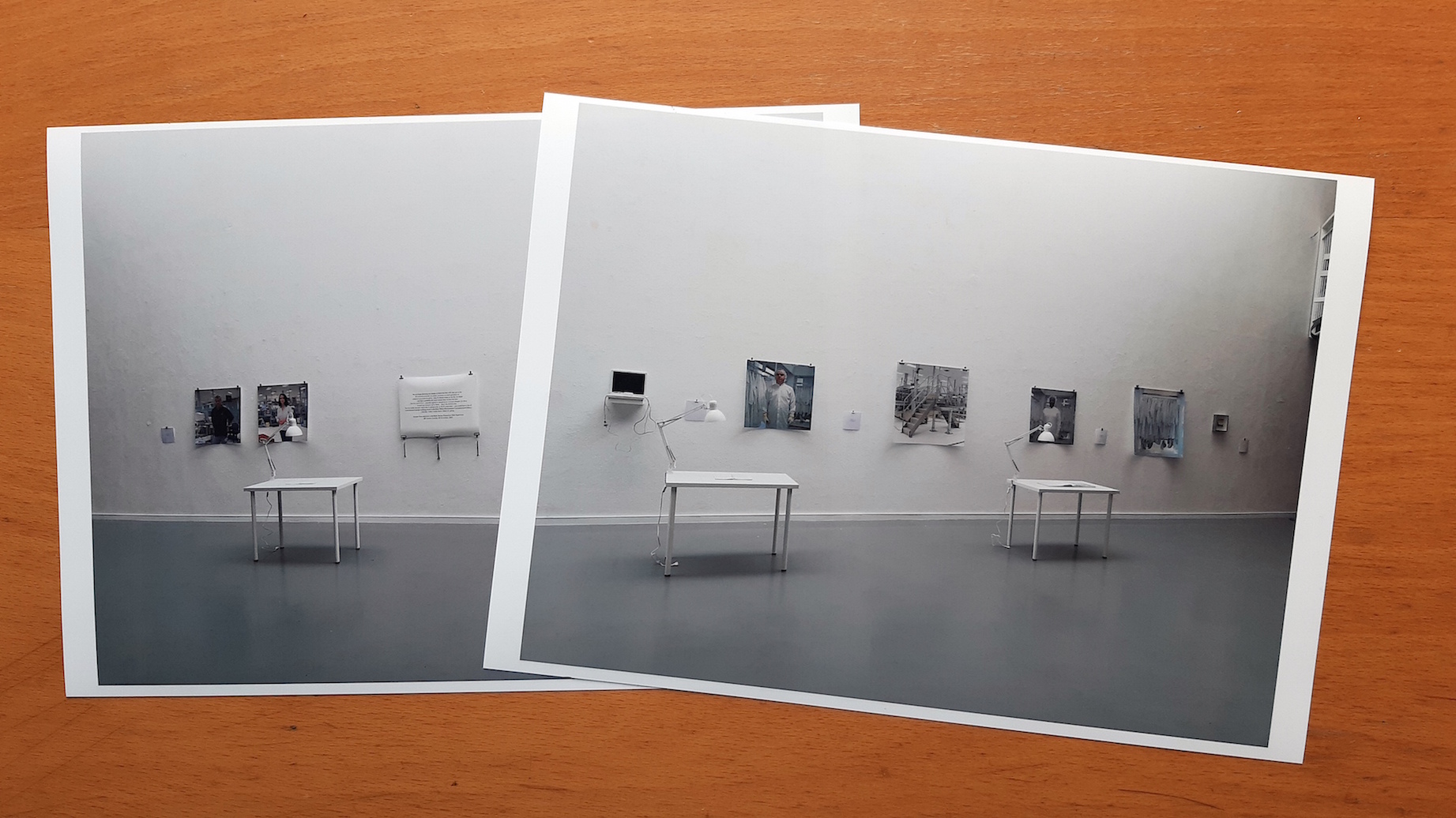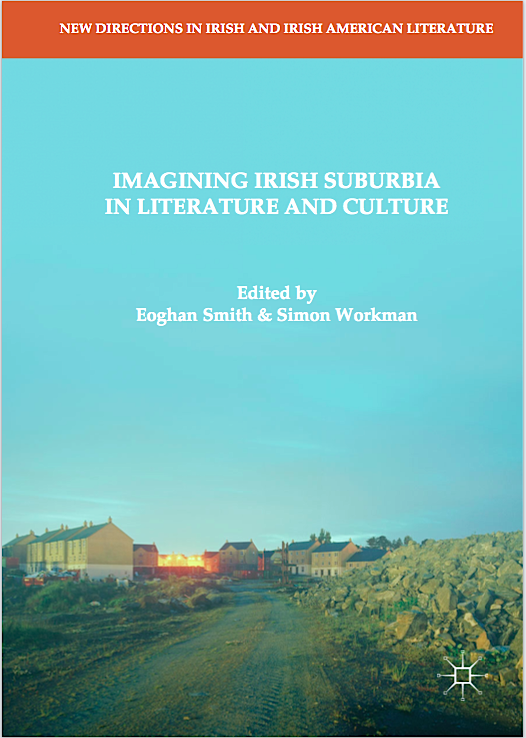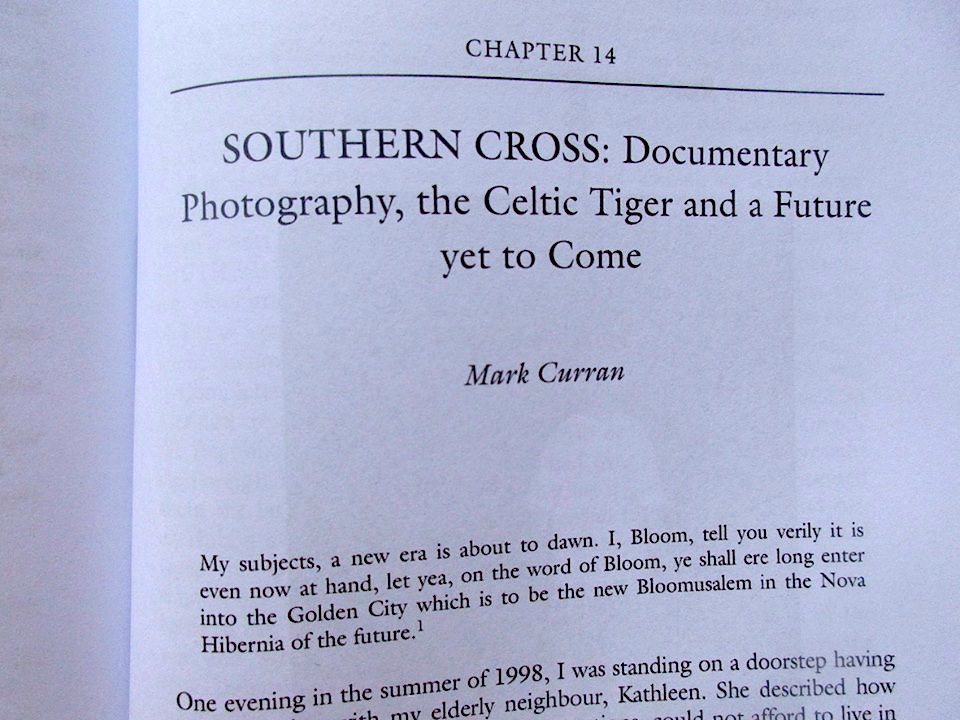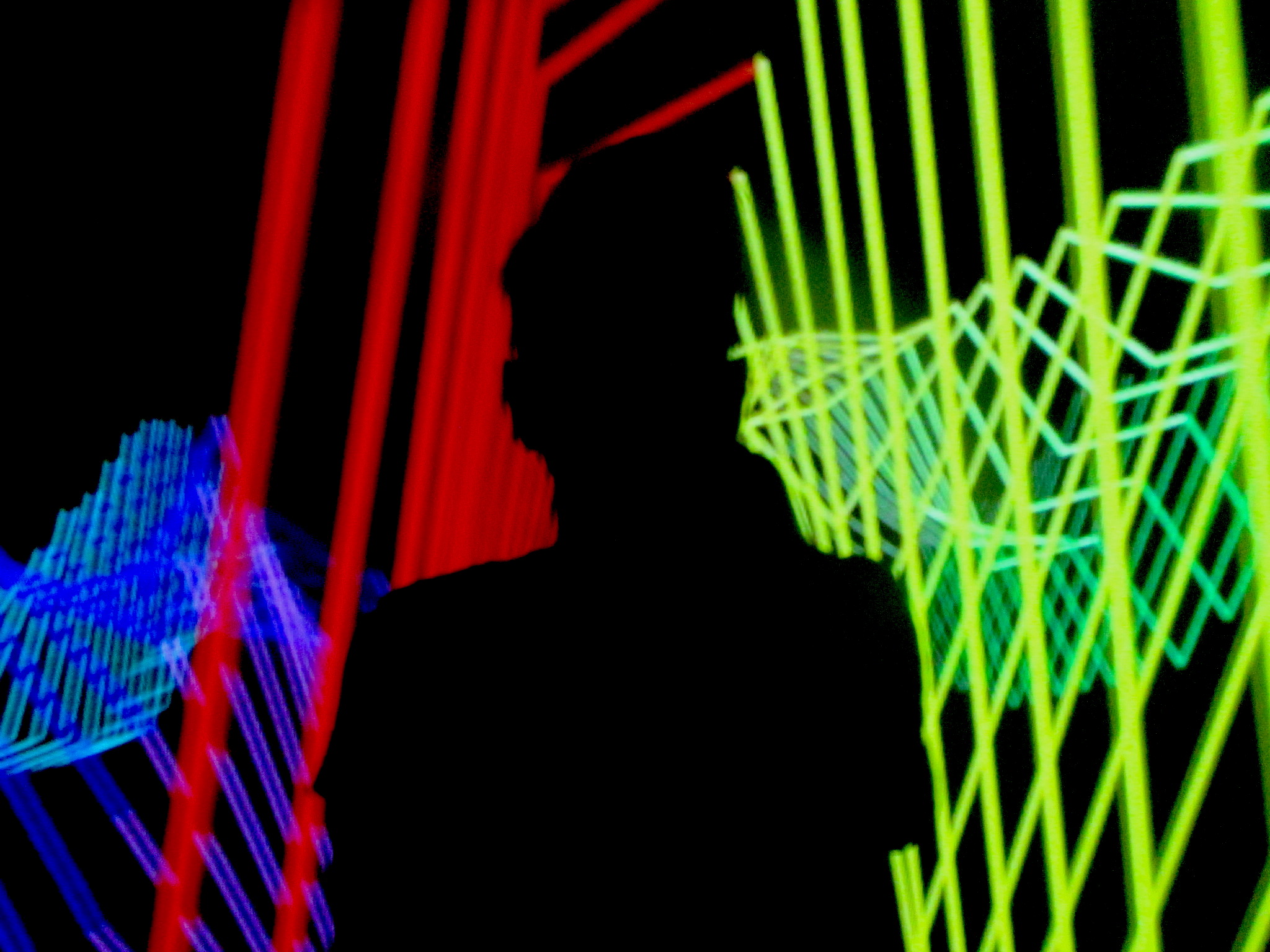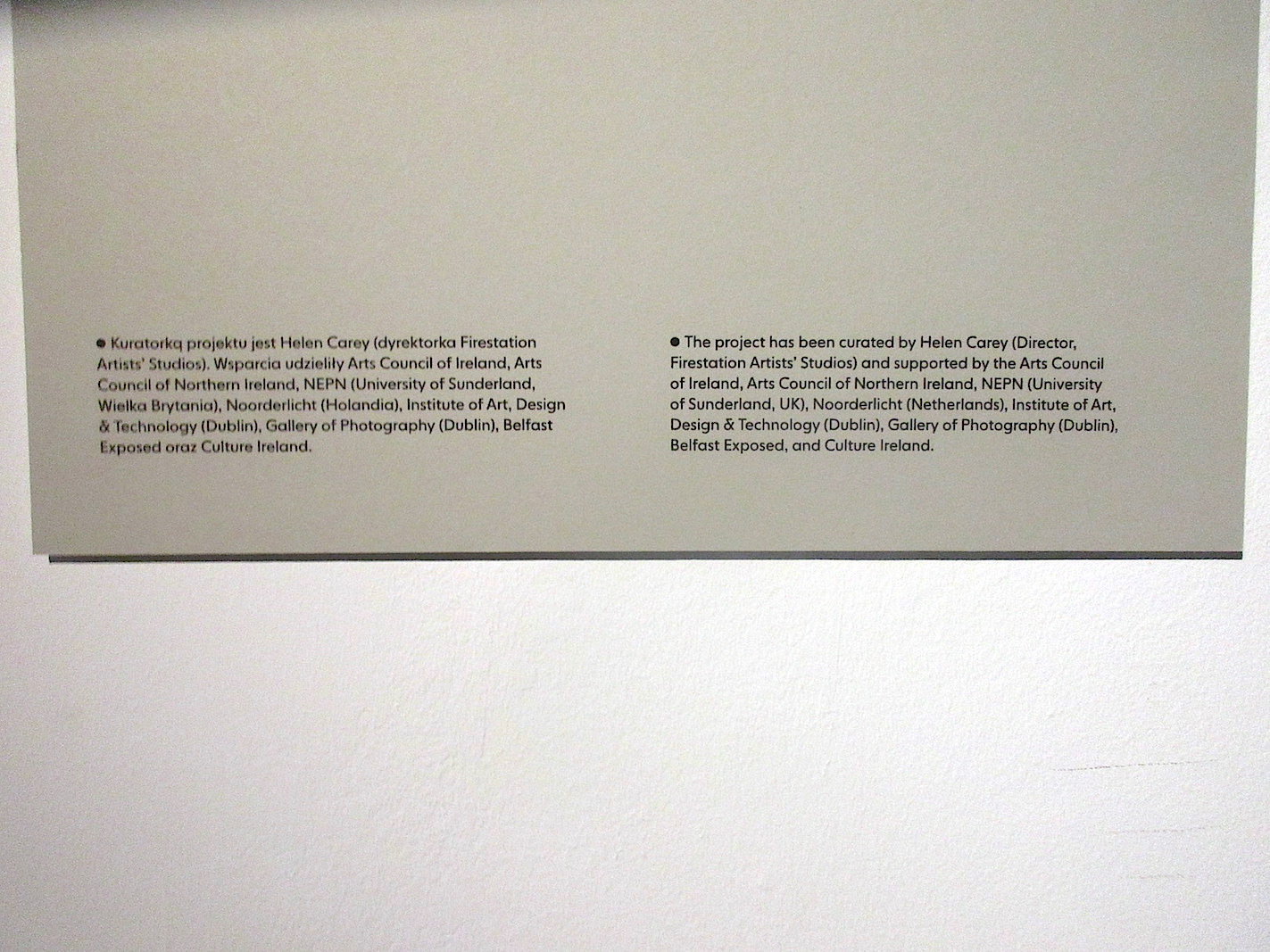UNDER CONSTRUCTION
December 13, 2021 § 1 Comment
The absence of updates has, in part, been due to the focus on finally building a new website.
The intention is that the site will, simultaneously, be an archive and repository of the cycle of projects, to date, including, SOUTHERN CROSS (1999-2002), The Breathing Factory (2002-2006), Ausschnitte Aus EDEN/Extracts from Eden (2003-2009) and THE MARKET (2010-) and a means to update on a new project, alongside ongoing events, publications etc. All material will be available and made accessible to download. It is always appreciated when people check here and so thank you for your interest and your patience.
The website can be accessed at markcurran.org.
Update September 2023 Thank you for visiting the blog in relation to THE MARKET (2010-). Due to personal circumstances, there has been a long delay in construction, but work has continued and the website will go live very soon. Thank you again for checking in.

Museum of Capitalism – New York City
November 9, 2019 § Leave a comment
OCTOBER 30 – DECEMBER 11 2019
Official Opening Thursday, November 7th
Curated by FICTILIS (Andrea Steves & Timothy Furstnau)
My participation is generously supported by Culture Ireland & Faculty of Film, Art & Creative Technologies IADT.
TAXED TO THE MAX – NOORDERLICHT 2019 (NL)
October 5, 2019 § Leave a comment
Incorporating photographic series, mixed media, video and sound installations, performances, and spatial work on this theme, artists include amongst others, Alan Gignoux, Brigitte de Langen, David Klammer, Davide Monteleone, Dorothée Elisa Baumann, Ezio D’Agostino, Gina Peyran Tan, Igor Tereshkov, Ishan Tankha, John Vink, Jos Jansen, Kanad Chakrabarti, Mari Bastashevski, Mark Curran, Martin Toft, Oliver Ressler & Zanny Begg, Thomas Kuijpers & Ursula Biemann.
This edition will include installation of The Breathing Factory (2002-2006) at the Centrum Beeldende Kunst (CBK) Groningen. The project was originally supported by Arts Council, Belfast Exposed, Butler Gallery & Gallery of Photography & published by Edition Braus (2006)
‘The Breathing Factory critically addresses the role and representation of labour and global labour practices in this newly industrialised landscape as manifest in manufacturing and technology. Global industrial practices are characterised by fleeting alliances, transient spaces as capital moves when and as required. In such an ephemeral, precarious and globalised context, the project focuses specifically upon the Hewlett-Packard Manufacturing and Technology Campus, part of a cluster formation of multinational technology complexes, in Leixlip in the east of Ireland’
The Breathing Factory was the outcome of practice-led masters & doctorate research, one of the first in the Republic of Ireland. More information here.
Full PDF of book available for free download here.
‘A FUTURE YET TO COME’ (1998-2002)
August 28, 2019 § Leave a comment
My subjects, a new era is about to dawn. I, Bloom, tell you verily it is even now at hand, let yea, on the word of Bloom, ye shall ere long enter into the Golden City which is to be the new Bloomusalem in the Nova Hibernia of the future.1
One evening in the summer of 1998, I was standing on a doorstep having a conversation with my elderly neighbour, Kathleen. She described how her granddaughter, the first in five generations, could not afford to live in the area where she was born. The location, one of the oldest neighbour- hoods on the north side of Dublin, was experiencing the initial stages of a process, marking the urban evolution and impact of the so-called ‘Celtic Tiger’ economy, a period since characterised in the description of the appearance of countless cranes elevated across the city skyline 2. Over the following month, in response to that conversation, I began to make portraits of children and young people in the area.

Portrait (A Child) from the series Stoneybatter (Dublin), August 1998 (c-print)
Possessing no front gardens, the street was the primary setting to gather, converse and play. So, at first, I approached those people I knew, made a request and then photographed each—always approximating eye level, gaze directed towards the lens—as they presented themselves to the camera. The timing was always at dusk with cranes in the background. An impulsive reaction using photography to ask questions about the economic circum- stance, and who benefits? And mindful of the significance of the age of those portrayed—critically, whose future?3 I would not then realise that this was really the beginning of a cycle of research projects, which themati- cally addressed the predatory context, resulting from flows and migrations of global capital, that continues to the present day.4 As the Irish poet Theo Dorgan would later state of this time: ‘I was born in a Republic to realise that I live in an Economy’.

Portrait (Youth) from the series Stoneybatter (Dublin), August 1998 (c-print)
Mindful of Dorgan’s stark declaration, and wishing to acknowledge the significance of hindsight when critically reflecting upon a project that began almost two decades ago, I discuss here the context and rationale for SOUTHERN CROSS, with reference to the theoretical role of documentary photography and the photographic portrait. In turn, I position the project as a critical document that questioned the sustainability of the economic circumstances of the Republic at the turn of the new millennium.

Portrait (A Child) from the series Stoneybatter (Dublin), August 1998 (c-print)
Completed between 1999 and 2002, SOUTHERN CROSS was a critical response to the rapid economic development witnessed in the Republic of Ireland. The official Irish economic policy of attracting Foreign Direct Investment (FDI) had over several decades brought about the largest transformation in the history of the country. Focused on Dublin and its county region, the project critically mapped and sur- veyed the spaces of development and finance. The project comprised two series. The first is ‘Site’, which explored the transitory spaces between the construction sites, which I described at the time as ‘what was’ and ‘what will be’, viewing them as the ‘birthing grounds of the New Ireland’. As a counterpoint, the series ‘Prospect’ surveyed the State’s first financial district, the International Financial Services Centre (IFSC). Since the 1990s, the IFSC had been a flagship for global capital and is itself the architectural embodiment of the ‘New Ireland’.5 The title of the project was inspired by the motorway of the same name, which now encircles Dublin. Originally, it was proposed to be built in the early 1980s, near where I lived by the Dublin Mountains. However, due to massive local objection (including my parents), it was postponed for almost twenty years. Thus, I was drawn to the title partially as result of this personal understanding but also because the project was made in the Republic, the South of the island, so ‘Southern’ was geographically relevant. The reference to ‘Cross’ asked whether the new religion of the Republic was embodied in Capital. Representing the economic aspirations and profound changes of a country on the western periphery of Europe, this documentary project presented this area and those who inhabited it being transformed in response to an influx of global capital.
1. From James Joyce’s Ulysses, as quoted by the then Taoiseach (Irish Prime Minister) Charles Haughey at the launch of the Custom Docks Redevelopment in Dublin, the future location of the International Financial and Services Centre (IFSC) in June 1987.
2. I worked in Canada and Ireland as a social worker. While in Canada, the focus was very much on issues of empowerment and self-advocacy, another defining personal influence. I was also involved as a volunteer activist working with First Nations youth and on educational projects related to the Anti-Apartheid movement in South Africa and Frontline States in Southern Africa. Following my return to Ireland in 1995, I decided to take a career break which became a career change. I bought a camera and went on an extended trip to Southeast Asia. On my return, I continued to live in the city suburb of Stoneybatter, one of the oldest parts of Dublin.
3. This initial undertaking was short but would provide a technical and critical framework for the completion of a substantial part of the SOUTHERN CROSS project. The project was recipient of the first Development Bursary/ Artist’s Award from the Gallery of Photography, Dublin in 2000 and presented as a solo exhibition there in 2002. The publication included support from the Construction Branch of the Irish Trade Union, SIPTU and included an essay by Justin Carville, titled ‘Arrested Development’, and a poem by the poet Philip Casey, titled ‘Implications of a Sketch’, a critique of the role of the architect. The intention for the publication was to create a discursive space for a criti- cal dialogue between the textual and visual. It was subsequently exhibited internationally including in Cologne, Germany (2003), Aleppo, Syria (2003), Brussels, Belgium (2004), Lyon, France (2004), Paris, France (2005) and Limerick, Ireland (2015).
4. SOUTHERN CROSS was followed by The Breathing Factory, the outcome of my doctoral research. The latter addressed the role and respresentation of labour and globalised space in Ireland’s newly indus- trialised landscape. AUSSCHNITTE AUS EDEN/EXTRACTS FROM EDEN (Arts Council of Ireland 2011), sited in a declining mining and industrial region of the former East Germany, evidenced the uneven- ness of globalisation. My current ongoing transnational project, THE MARKET (2010–), focuses on the functioning and condition of the global markets and the role of financial capital.
5. In 1987, the Customs House Docks scheme was launched on the North Quays in Dublin with a view to developing a shopping and residential complex around an international conference centre. This idea would ultimately fail but did lead to the development of what is now known as the International Financial and Services Centre (IFSC), the Republic of Ireland’s first financial district.
End of Extract
The title of the chapter is indebted to Colin Graham and his essay, ‘Motionless Monotony: New Nowheres in Irish Photography’, addressing projects which charted the impact of the Celtic Tiger, including SOUTHERN CROSS, and who observes in relation to the project:
‘evidence of the rasping, clawing deformation of the landscape, the visceral human individual in the midst of burgeoning idea of progress-as- building, propped up by finance-as-economics…it stands as an extraordinary warning of the future that was then yet to come (2012: 15).
Further information on SOUTHERN CROSS here.
Further information on publication here.
CAPITAL @ Ballarat Biennale
August 26, 2019 § Leave a comment
Curators Naomi Cass & Gareth Syvret
National Centre For Photography Ballarat AUSTRALIA
AUGUST 24 – OCTOBER 20 2019
As part of the core progamme of the Ballarat Biennale, the exhibition, CAPITAL, explores the use of the photography as a method for reflecting upon systems of value and exchange in contemporary Indigenous and settler cultures. Drawing together Australian and international practices that encounter forms of financial, political, human and photography’s own capital, the project questions the capitalist model and its legacy. If the invisible hand of the market grips the world, then Capital proposes that art can reveal and question that which seeks to bind us.
Featuring Gabi Briggs (Aus), Peta Clancy (Aus), Mark Curran (Irl/De), Simryn Gill (Malaysia/Aus), Kristian Haggblom (Aus), Newell Harry (Aus), Lisa Hilli (Aus), Nicholas Mangan (Aus), Darren Siwes (Aus), Martin Toft (Jer), Yvonne Todd (NZ), Justine Varga (Aus) and Arika Waulu (Aus). More information on opening events and ongoing programming here.Installation includes the film Algorithmic Surrealism (2015) from THE MARKET (2010-) projected in the vault of the former Union Bank (now site of the new National Centre for Photography)
An excerpt from the film is available to watch here
‘Curran filmed in the new financial district of Zuidas, on the periphery of Amsterdam, global centre for algorithmic trading. Adapted from a text by former trader and financial activist, Brett Scott, examining High Frequency Trading (HFT) and how the input of human values, are excluded, the voiceover and title of the film, Algorithmic Surrealism, are inspired by Scott’s essay. The film suggests the hegemony of HFT, accounting now for most trading, and extinction of human reason—including traits such as empathy and ethics—in market decisions will only perpetuate the power relations of minority wealth in globalised capitalist systems’ Helen Carey
Commissioned by NEPN (University of Sunderland, UK) & Noorderlicht Festival (the Netherlands). Elaborating on the project, THE MARKET, addressing the functioning and condition of the global markets, Curran undertook research in Zuidas, the new Global Financial District on the periphery of Amsterdam, the Netherlands during the summer of 2015. The location for the film is a landscaped park facing one of the largest Dutch-based global banks.
Film Editor: Lidia Rossner
Film script adapted by Mark Curran from original essay by Brett Scott
Voice: Claudia Schäfer
(Single channel HD digital video, colour, sound/voiceover, 11’ (full length))
For Allan Sekula (1951-2013)
(CAPITAL invite image: Darren Siwes, OZ OMNIUM REX ET REGINA, Silver female, courtesy the artist and Gagprojects)
SPACE OF FLOWS: FRAMING AN UNSEEN REALITY (Documentation)
August 21, 2018 § Leave a comment
‘Featuring an international slate of artists, the festival focuses on the ceaseless flow of people, information, and substances, through expanding urban areas, the virtual realm of cyberspace, and endangered natural landscapes. In the face of worldwide streams of refugees and migrants, an overload of manipulable digital information, and injurious amounts of harmful particles suspended in the atmosphere and discharged into waterways, those in power look the other way. And all the while they withdraw and intensify control to protect what they have. Short-term success is favoured over having a sustained vision of the future’ Iris Sikking, Curator Krakow Photomonth 2018
Extracts from THE MARKET (2010-) /RYNEK (2010-)(installation at the Szara Kamienica Gallery)


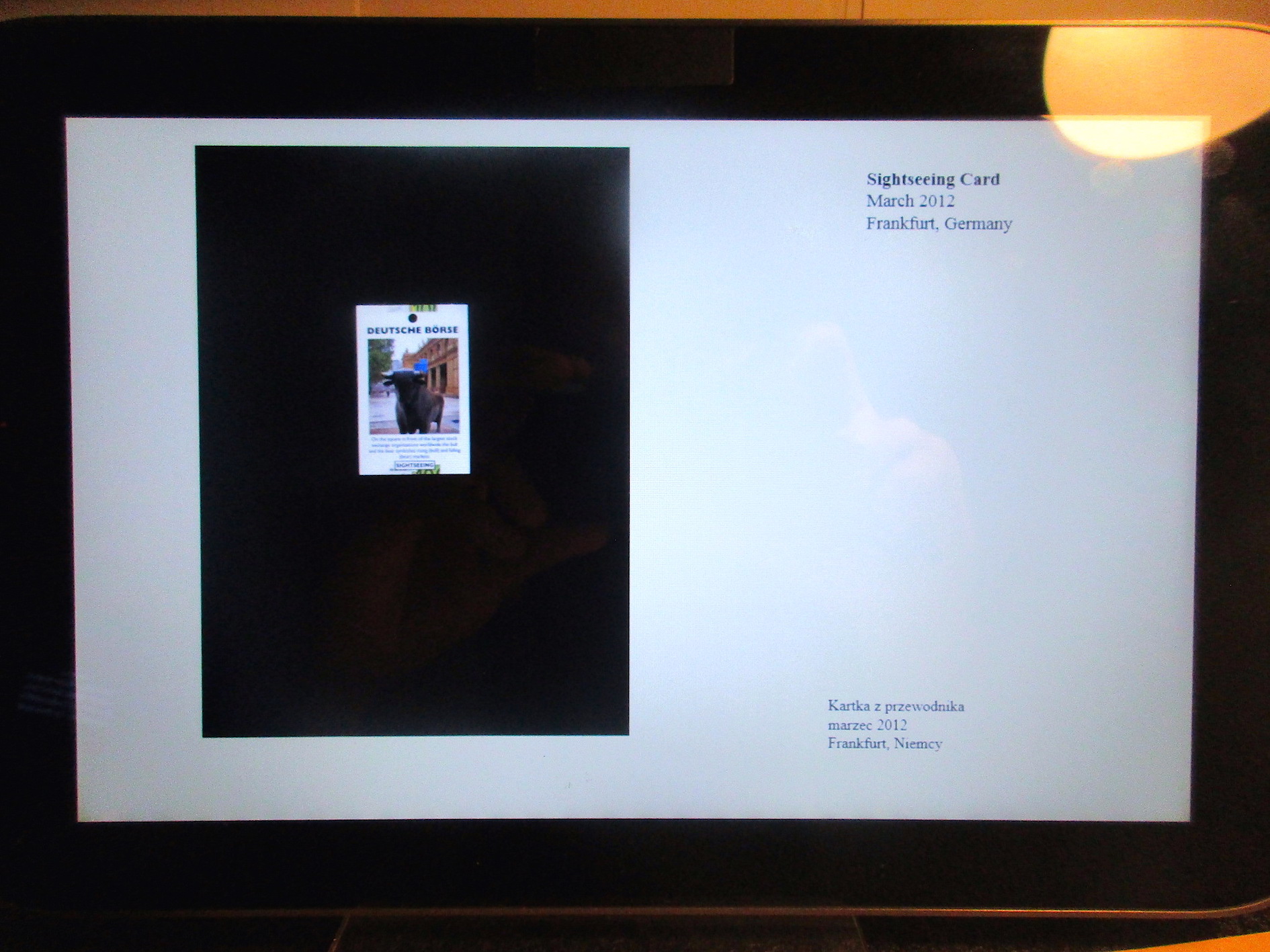
Installation comprised Photographs, Powerpoint Presentation, Transcripts of Verbal Testimony, A4 Colour Photograph/Text Pamphlet, Film & 3D Data Visualisation.Algorithm & Soundscape composition Ken Curran / Data Visualisation Damien Byrne.
The project was installed alongside excellent projects by Susan Schuppli, Axel Braun & Eline Benjaminsen.
As part of the official programme, a panel titled, Data & Power took place on Saturday, May 26th at Bunkier Sztuki Gallery of Contemporary Art. Participants were Iris Sikking, Dominik Skokowski, Eline Benjaminsen, Mark Curran, Esther Hovers, Clément Lambelet, Rune Peitersen, Salvatore Vitale and was moderated by Alicja Peszkowska. To a full house the event went overtime due to audience responses and discussion. It was documented and available below.
‘A more perfect reminder of exactly how on-time and urgent these artists and their projects are, considering our connected world, even the very ground we walk upon. These stories remain resident in my consciousness and now alert me at odd moments to pay attention, to observe my own special omens’ From review by Christiane Monarchi on Photomonitor.co.uk available here.
Thank you to Iris Sikking for her generous invitation and to Aga Dwernicka, Joanna Gorlach, Karolina Leśniak, Marcin & Małgo and team in Krakow for all their hard work.
THE MARKET has been curated by Helen Carey (Director, Firestation Artists’ Studios) and supported by the Arts Council of Ireland, Arts Council of Northern Ireland, NEPN (University of Sunderland, UK), Noorderlicht (Netherlands), Institute of Art, Design & Technology (IADT), Gallery of Photography (Dublin), Belfast Exposed & Culture Ireland.
KRAKOW PHOTOMONTH 2018 – Spaces of Flows
May 22, 2018 § Leave a comment
SPACE OF FLOWS: FRAMING AN UNSEEN REALITY
CURATOR IRIS SIKKING
KRAKOW, POLAND
MAY – JUNE 2018
‘Featuring an international slate of artists, the festival focuses on the ceaseless flow of people, information, and substances, through expanding urban areas, the virtual realm of cyberspace, and endangered natural landscapes. In the face of worldwide streams of refugees and migrants, an overload of manipulable digital information, and injurious amounts of harmful particles suspended in the atmosphere and discharged into waterways, those in power look the other way. And all the while they withdraw and intensify control to protect what they have. Short-term success is favoured over having a sustained vision of the future.
The programme derives its thematic approach from the concept of the “space of flows”, as set forth by the Spanish sociologist Manuel Castells in his seminal 1996 volume The Rise of the Network Society. “The space of flows”, explained Castells, “dissolves time by disordering the sequence of events and making them simultaneous, thus installing society in eternal ephemerality”. Iris Sikking
Main programme features projects by Eva Leitolf, Agata Grzybowska, Edmund Clark / Crofton Black, Jules Spinatsch, Salvatore Vitale, Katja Stuke / Oliver Sieber, Antoinette de Jong / Robert Knoth, Rune Peitersen, Lisa Bernard, Agnieszka Rayss, Sputnik Photos Collective, Mark Curran & Michal Luczak. More information on opening events and ongoing programming here.
Installation includes extracts from THE MARKET (2010-)/RYNEK (2010-) comprising Photographs, Powerpoint Presentation, Transcripts of Verbal Testimony, 3D Data Visualisation & Film Projection. Further information here.
Algorithm & Sound Composition Ken Curran 3D Data Visualisation Damien Byrne
SPECTACLE & SCAFFOLDING (USA)
January 4, 2018 § Leave a comment

‘Spectacle & Scaffolding: Contemporary Photography Muses Hierarchy features the works of contemporary photographic artists who explore the underlying power structures that we live with and participate in daily, but which often seem invisible’

The exhibition at the Turchin Center for the Visual Arts, Appalachian State University, North Carolina, USA includes projects by Greta Pratt, Trevor Paglen, Mark Curran and elin o’Hara and is curated by Ann Pegelow Kaplan. Excerpts from THE MARKET include photographs, transcripts, film and Powerpoint presentation.
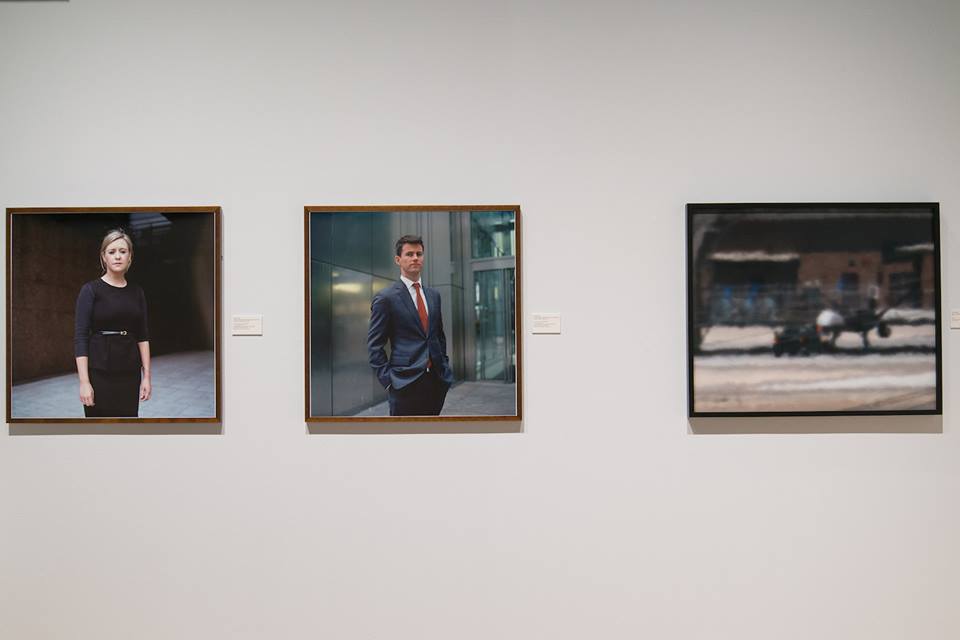

The exhibition runs from October 7th, 2017 until January 6th, 2018.
Turchin Center for the Visual Arts
Appalachian State University
North Carolina
USA
(Installation photographs courtesy of TCVA)
